Installing Bitcoin Daemon on CentOS Using Yum Package Manager
Bitcoin Daemon, also known as Bitcoin Core, is a software component of the Bitcoin network that allows users to participate in mining and validate transactions. While Bitcoin Core was traditionally installed separately from related components such as OpenSC and OpenSSL, it can now be easily obtained using the Yum package manager on CentOS.
In this article, we will walk you through the process of installing Bitcoin Daemon with Yum, including potential issues that may arise during the installation process.
Why Install Bitcoin Daemon with Yum?
Before diving into the installation instructions, let’s consider why it is necessary to install Bitcoin Daemon separately. Here are some reasons:
- Separation of Concerns: By installing separate packages for each component (Bitcoin Core, OpenSC, and OpenSSL), users can avoid package conflicts that can arise when using them together.
- Easy maintenance
: When a package is installed, it creates a chain of dependencies with other related packages. This makes it easier to maintain a clean environment by removing unnecessary dependencies.
Installing Bitcoin Daemon on CentOS
Here is the step-by-step process:
- Yum Update
![Ethereum: How do you install Bitcoin Daemon using Yum package manager? [duplicate]](https://osdtrust.com/wp-content/uploads/2025/02/78c53c48.png)
: Make sure your system is up to date before continuing.
- Installing OpenSC and OpenSSL: If you don’t have them already, install OpenSC (for cryptographic keys) and OpenSSL (for encryption):
- CentOS: “yum install opensc openssl”.
- Installing Bitcoin Core:
- Download the latest Bitcoin Core package from the [official GitHub repository] (
- Extract the downloaded archive to a directory of your choice (e.g. “/opt/bc” on Linux or “C:\Program Files\Bitcoin Core” on Windows).
- Configure Bitcoin Core:
- Edit the configuration file (
bcconf.conf) using a text editor such as vi or nano.
- Set the
core.dataDirvariable to the desired directory where you want Bitcoin Core to store your data.
”bash
nano /opt/bc/etc/bcconf.conf
Start and verify the service:
- Start the Bitcoin Core service:
/usr/sbin/daemon.sh start.
- Verify that the service is running by checking the process list:
ps -ef | grep daemon.sh
''bash
sudo /usr/sbin/daemon.sh start
- Check your configuration – Make sure everything is set up correctly and Bitcoin Core is working as expected.
Troubleshooting
If you encounter any issues during installation or configuration, you can find troubleshooting guides in the official Bitcoin Core documentation:
- [Bitcoin Core Installation](
- [Bitcoin Core Configuration](
By following these steps and guidelines, you will be able to successfully install and configure Bitcoin Daemon on your CentOS setup using Yum. Enjoy exploring the world of cryptocurrencies!

